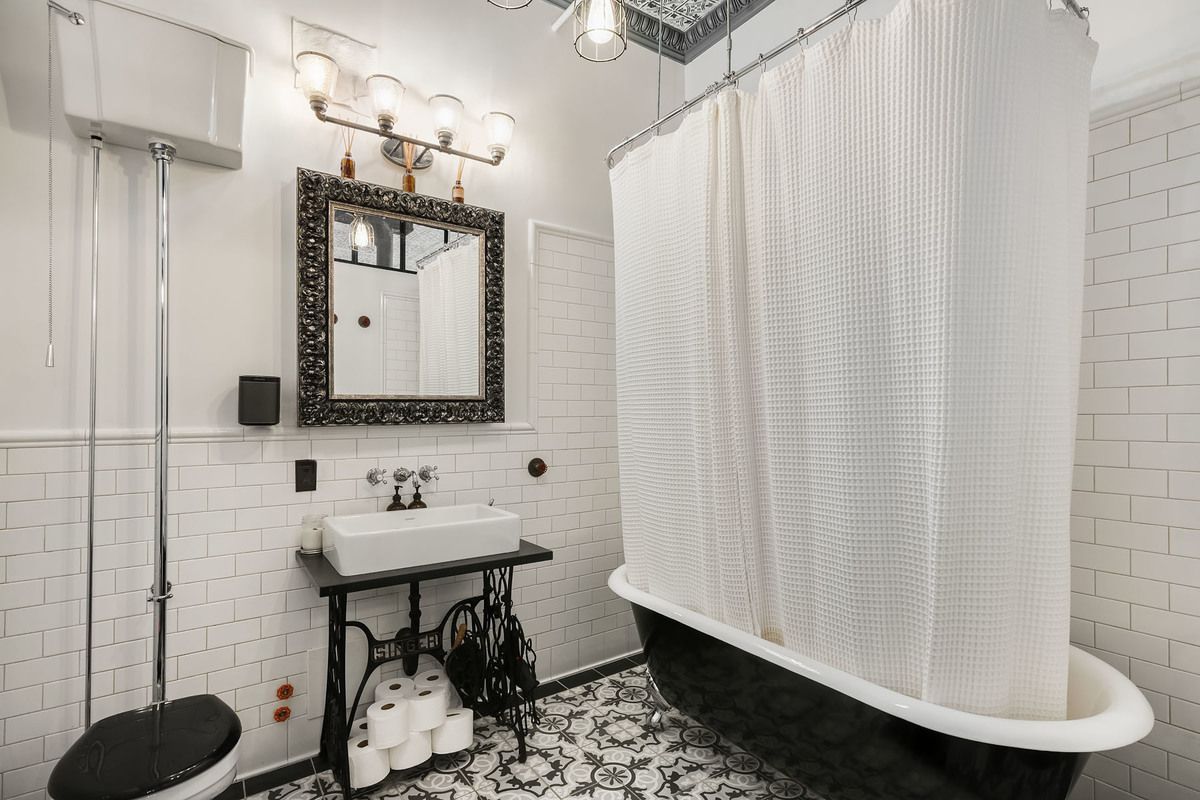

Provide an effective solution with Hush-Panel 28 In turn, this creates unwanted noise from the floorboard moving. So, as a result, when floorboards are laid over the top of the irregular joists, cavities can occur between the joist tops and the flooring, which will cause the floorboards to depress when walked over. As timber is a natural product, we cannot expect for the joists to be completely flat or evenly level. In addition, when floorboards are nailed down to the timber joists, over time, the timber dries out and the floorboards then start to move up and down, which causes that familiar squeak against the nail shaft itself.Īnother trigger is when there are slight gaps or cavities between the timber joists and the timber structural floor.

These include, for example, friction caused between two hard surfaces rubbing together, movement in a floor, incorrect installation of a timber structure, flex in the joists, incorrect fixings or joists that are not level. There are a number of reasons why we get creaky floors. These creaking noises tend to be amplified through footsteps to the affected areas. What about creaking floorboards?Ĭreaks or squeaks tend to occur mostly in older buildings, but we also see them frequently in new buildings too. To do things well currently is reliant on a consistently high level of workmanship throughout construction, which is a tough ask when developers, contractors and trades are under so much time pressure to complete housing projects on time. The quality of construction needs to improve here if we are to continue using the lightweight construction methods that are almost always used in the UK and make it difficult from the outset to deliver an acoustically good home. The bigger issue, however, is the internal floors of individual houses. If a hard floor surface is used, typically laminate flooring, the noise will be amplified to such an extent that the level set in the Building Regulations sound reduction levels may not be enough to make a difference. But even here, there is no guarantee – it will very much depend on the floor finish. These stipulate a maximum impact sound transmission level of LnTw 62 dB (LnTw 56 dB In Scotland) for floors between new homes and purpose-built rooms for residential purposes.Ĭonstructing separating floors to these standards means that general noise transmission, such as light walking around, should be eliminated. Separating floors are subject to minimum standards covered by the Building Regulations, although these standards are superior in Scotland in comparison with the rest of the UK. If the way internal floors are constructed was subject to more scrutiny and had to meet a minimum standard, as is the case with separating floors in connected homes, such as apartments, these nuisance noises would be far less common and home buyers and tenants would almost certainly be more satisfied.

The problems stem from impact noise not being adequately considered in the Building Regulations for individual houses. And then there is the sound of creaky floorboards, which can be torturous every time they are walked on! Posts by Russell on Novemin Press ReleaseĪnyone who has lived in a house with children running around upstairs while playing will be familiar with the nuisance of impact noise.


 0 kommentar(er)
0 kommentar(er)
